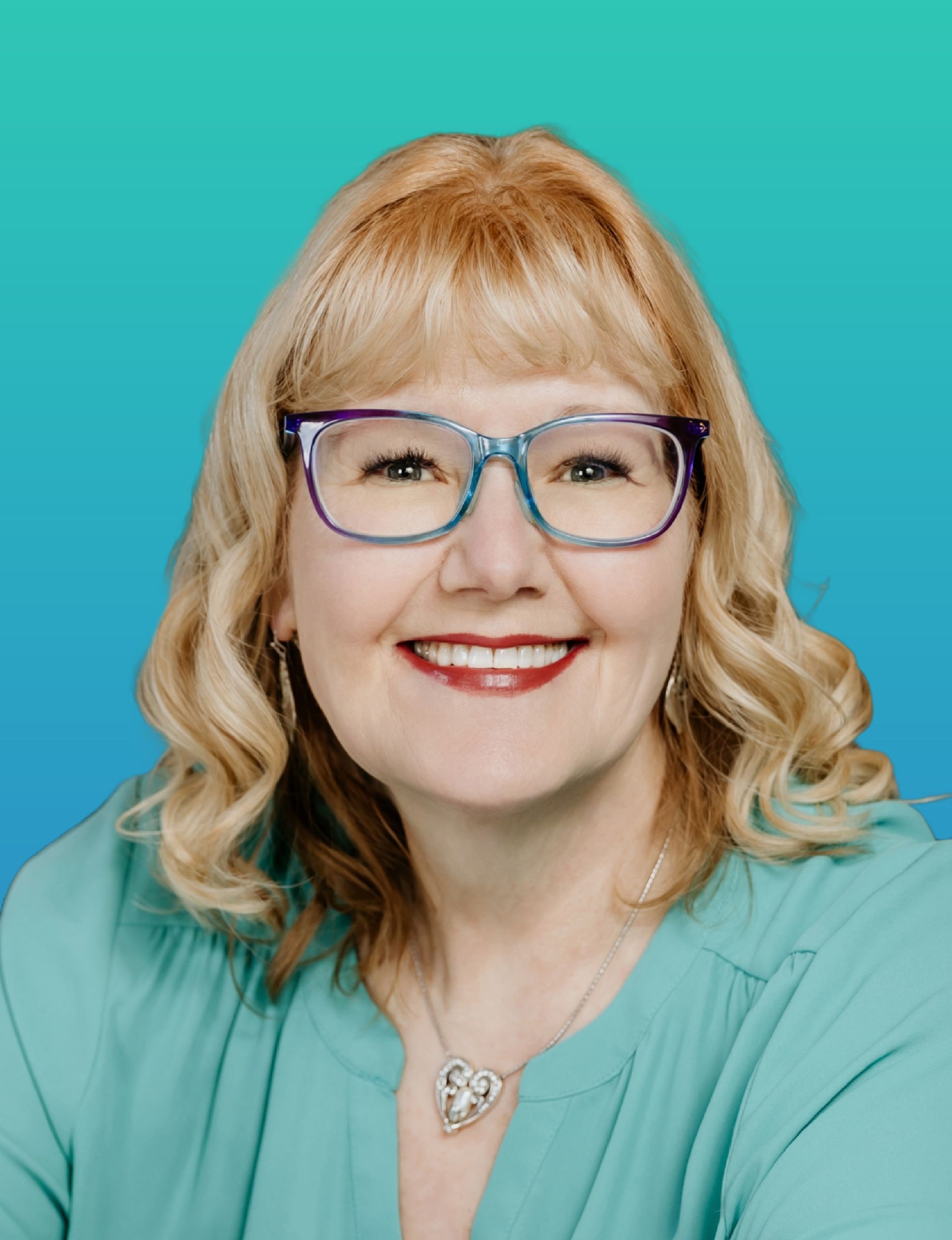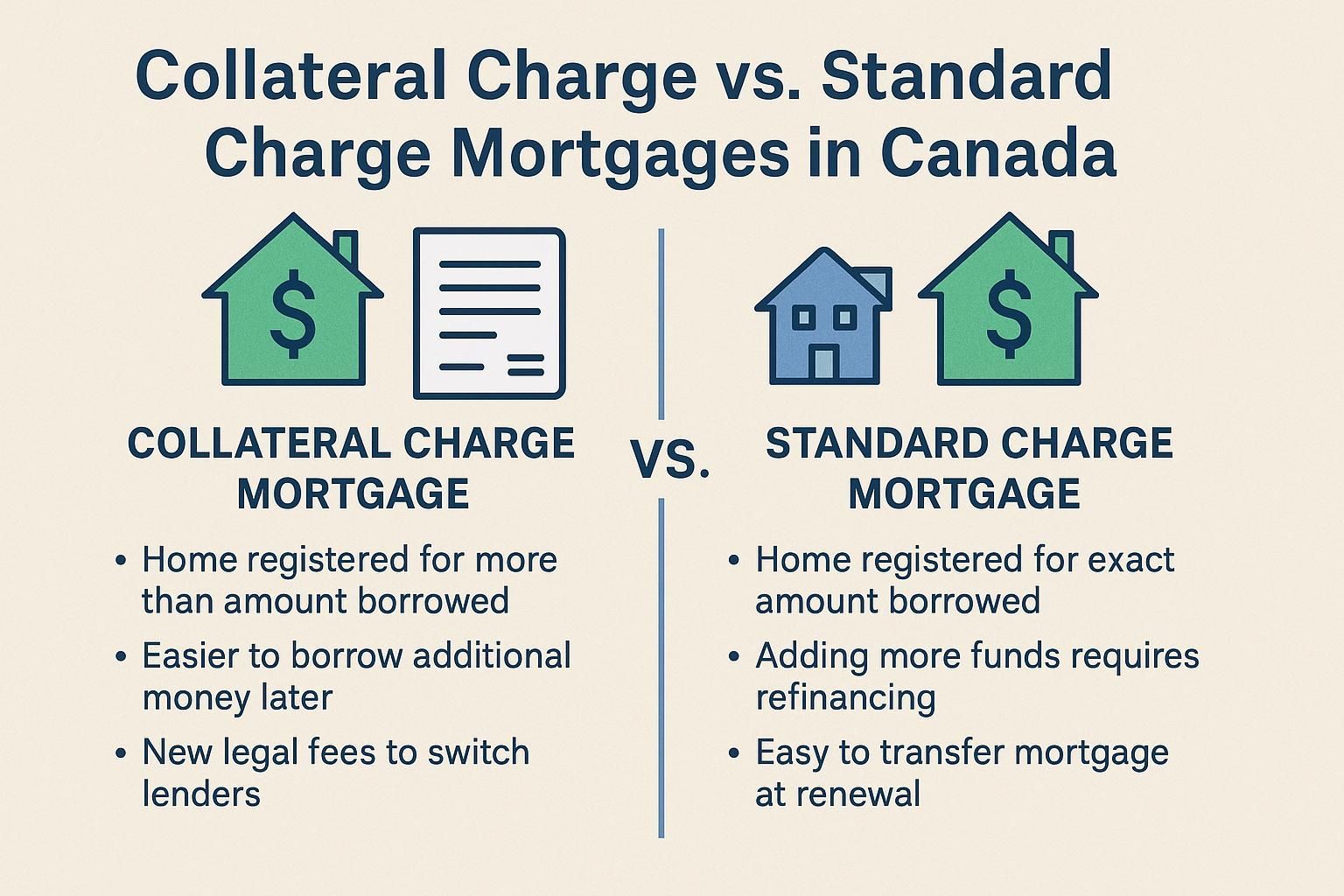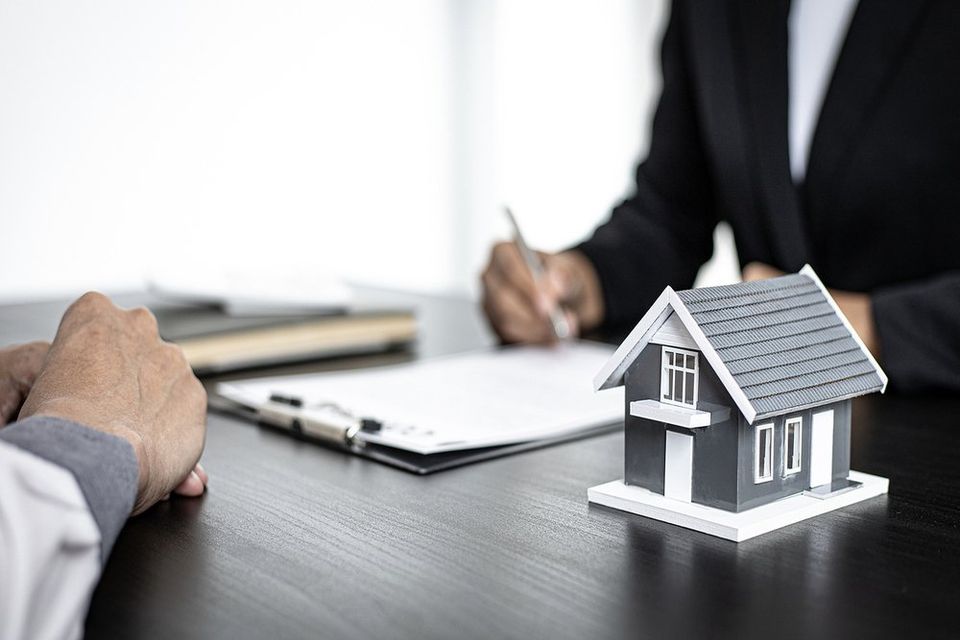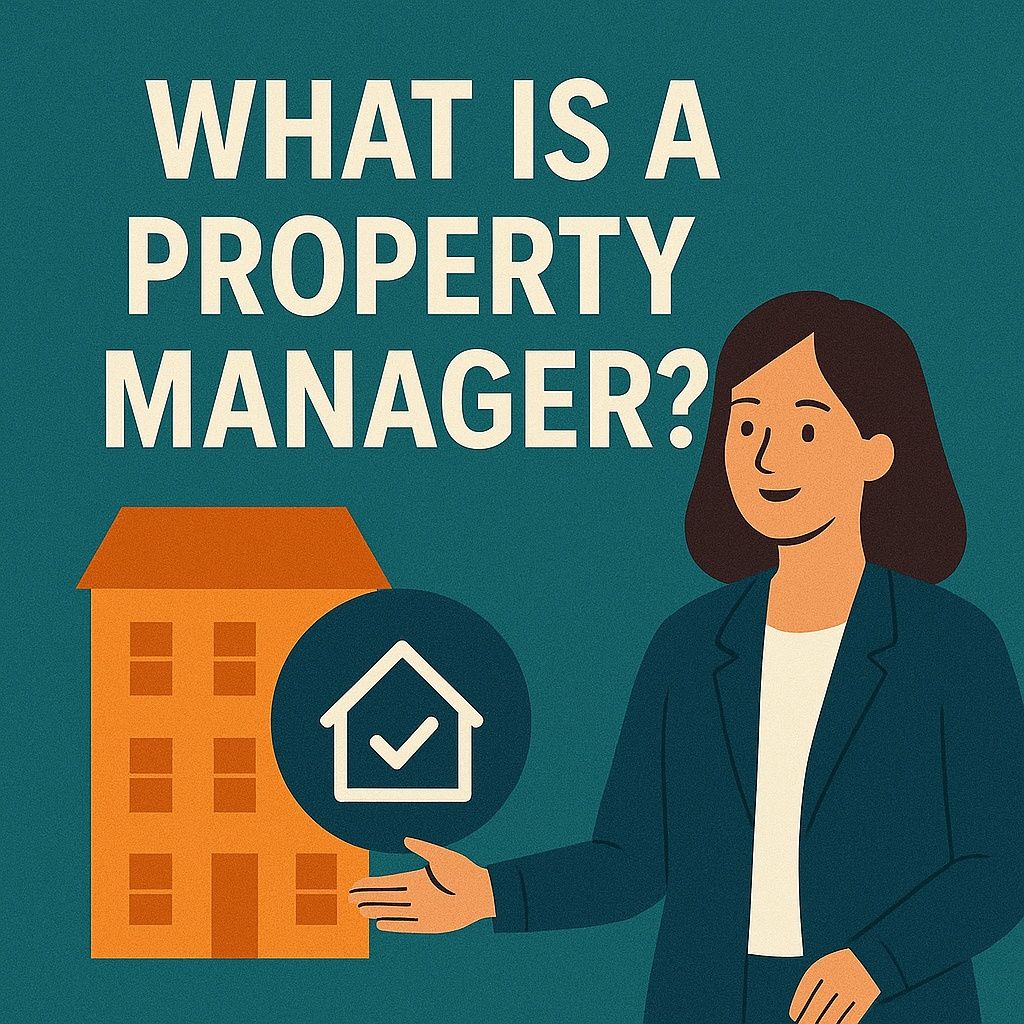4½ Types of Home Ownership – Freehold, Leasehold, Strata or Cooperative
In general, there are four common types of property ownership in Canada: Freehold, Strata, Co-Operative and Leasehold with advantages and disadvantages to each of the type. Therefore it’s important for home buyers to know the differences between the different types of property ownership when they’re shopping for a new home.
Freehold Property Ownership
Freehold is the most common type of property ownership in Canada.
It’s what we traditionally think of as property ownership; you own the building and the land it sits upon. A freehold interest (also known as a fee simple) is the more precise term for what we ordinarily refer to as “ownership” of a home
You own the building and grounds it rests upon for an indefinite period of time and have full use and control of the land and buildings on it, subject to any rights of the Crown, local land use bylaws and any other restrictions in place at the time of purchase. You have the freedom to make changes to building and yard (subject to zoning, bylaws and permit limitations) and are responsible for cost and maintenance.
Most single-family homes are freehold.
Strata Property Ownership
Most condo and townhouse developments are strata properties. Single-family detached home strata properties are rare, but the do exist.
When you buy a strata property, you have strata title with full ownership of all the interior elements of your unit, you also share ownership of common property that exists within the strata. Oftentimes this shared common property includes parking, hallways, amenity rooms, gym space, laneways, and the building’s entrances and exits.
As a strata owner, you are responsible for the maintenance and upkeep of your unit but the costs of looking after the common property are covered by monthly fees charged to every owner.
These strata/condo fees are proportional to the size of your unit; if you own a large two-bedroom unit you’ll pay more than someone living in a small bachelor suite.
As strata properties are comprised of a number of people sharing common spaces, there are rules and bylaws that govern how those spaces can be used. There may also be rules that regulate what you can do in your own private space so it doesn’t have an adverse impact on your neighbours, or the common spaces owned by everyone.
These rules are set by a council of owners that is elected by owners in the strata. The council is also responsible for the strata corporation that is set up to administer the strata. They set budgets, hire contractors, adhere to maintenance schedules, get repairs done, deal with complaints and infractions of the rules and bylaws.
Co-op Property Ownership
Co-op property ownership is similar to owning a unit in a strata.
In the cooperative form of ownership, each owner owns a share in a company or cooperative association which, in turn, owns a property containing a number of housing units. Each shareholder is assigned one particular unit in which to reside.
But instead of owning the interior of your own unit and sharing ownership of common property, owners in a co-op each own a share of the corporation that actually owns the building or complex. That share ownership then gives you the right to occupy a unit within the co-op, provided you don’t break any of the co-op’s rules and you pay your housing charges on time.
As you are not buying into the actual real estate when you purchase a co-op, you’ll require a different kind of financing from your lender called a share loan. It works much like a mortgage except your share in the co-op is the loan’s collateral, instead of the property.
Like a strata, all owners in a co-op share the expense of repairs and maintenance through monthly fees.
Owners in a co-op must follow rules and regulations set and administered by a co-op board which is elected by members of the co-op. The co-op board also has the power to approve or reject prospective new members, which must comply with provincial human rights legislation.
Leasehold Property Ownership
You would own the actual building or unit, but would rent or lease the land itself for a set period of time and there are varying lease terms.
Living in a leasehold property is like living on borrowed time. Leasehold interests are frequently set for periods of 99 years, but regardless of the length of the original term, you will only be able to purchase the remaining portion. Of course, the shorter the remaining portion, the less you, or the person who eventually purchases from you, will be willing to pay for the leasehold interest.
When you buy a leasehold property, you own the building but the property on which your home sits is owned by somebody else who has leased it back to a builder or developer. Typically, those leases last for 99 years. When the lease expires, the property’s owner could choose to renegotiate the lease to current market rates. Or they could reclaim the property as their own for redevelopment after buying out owners at fair market value.
There are 3 types of leased land: government (federal, provincial or municipal), First Nation reserve land and private companies/individuals can also own leasehold land.
Most developers prepay the cost of leasing the land, then incorporate that into the selling price of their projects. If they didn’t do that, then you’ll be paying rent on top of your mortgage payments, strata fees and taxes. And you won’t be protected from periodic adjustments to reflect the current value of the land.
While most properties appreciate over time, a leasehold property can actually depreciate, especially as the lease gets close to expiring. That uncertainty over a property owner’s future plans for their property can make it more difficult to get financing for a leasehold property. The lender could require a larger down payment, or it could be amortized over a shorter period of time.
Despite their uncertainty, leasehold properties can be a good option for property ownership, especially if they’re still early in the lease period. They can be cheaper than freehold properties or offer better value in desirable neighbourhoods. But the uncertainty that comes with leasehold can make them a poorer investment than other types of property ownership.
Leasehold interests can become particularly risky real estate investments as they approach the end of their lease, as the owner of the property can choose to resell the leasehold interest, redevelop the land entirely, or leave the area vacant.
Before you put too much effort in buying leasehold, find out how long the head lease is; most Financial Institutions require it be a minimum of 5 years longer than the amortization of the mortgage loan.
Co-owning a Property
There is another option for property ownership, called co-owning. It is becoming a viable option for some families who’ve been priced out of owning a home.
Co-ownership is when two or more owners enter into a legal agreement to own a single piece of property. Usually co-ownership involves family members, such as parents and grown offspring, who may share the same home or live autonomously in separate dwellings like a house and laneway house.
Co-ownership agreements are complex documents, with plenty of legal protections to safeguard both parties in the agreement as well as the lender financing the mortgage. If co-ownership is an option, you need to engage a lawyer experienced in constructing such agreements.
Information on obtaining a mortgage for Leasehold or Cooperative Ownership
Typically, you will find your Mortgage Lender more cautious about financing Leasehold and Cooperative property as they are considered a riskier type of collateral and may come with a higher mortgage interest rate and/or higher down-payment.
Speak to your Mortgage Broker to obtain more information.
Mortgages are complicated, but they don’t have to be… Engage an expert! Give me a call and let’s discuss a mortgage that works for you (not the bank)!







